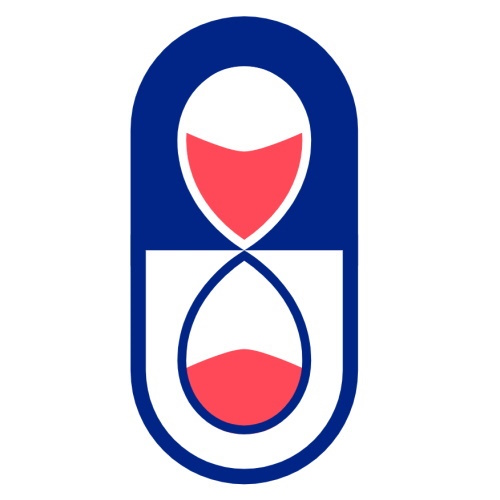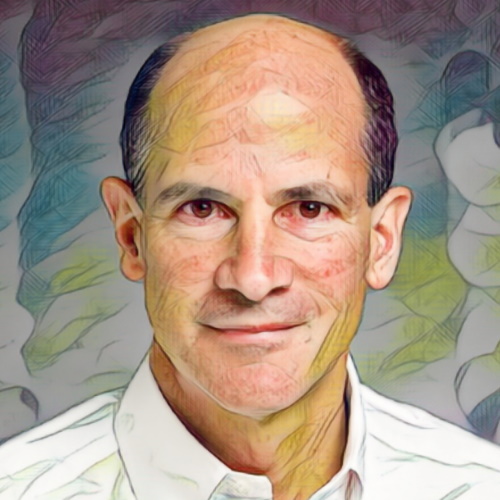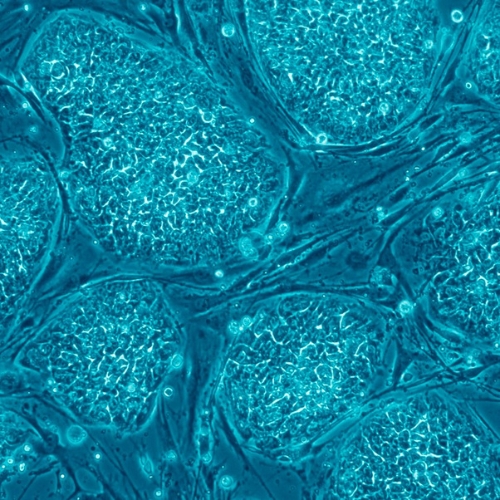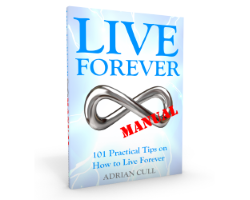Thomas Rando at ARDD2024: Stem cell aging
Thomas Rando on the Longevity Medicine Track: Stem cell ageing and rejuvenation
In a captivating talk at ARDD 2024, Thomas Rando delves into the biology of stem cell ageing and the potential for rejuvenation through scientific and lifestyle interventions. Drawing on decades of research, he highlights how ageing impacts regenerative capacities and discusses groundbreaking discoveries in heterochronic parabiosis, exercise, and diet. His insights provide a clearer path toward therapeutic solutions for ageing-related decline.
Key Points:
Thomas Rando’s insights underscore the immense potential of stem cell research and lifestyle interventions to redefine how we understand and address ageing. By combining basic scientific discoveries with practical applications, his work highlights a future where age-related decline may no longer be inevitable.
- Stem Cell Ageing and Tissue Repair: Stem cells are essential for tissue maintenance and repair, but their regenerative capacity diminishes with age. This decline results in slower wound healing, weaker bone repair, and impaired muscle regeneration. Rando focuses on skeletal muscle, a tissue with immense regenerative potential when young, but one that suffers significant declines with ageing.
- Heterochronic Parabiosis: A Window into Rejuvenation: The groundbreaking technique of heterochronic parabiosis—linking the circulatory systems of young and old animals—demonstrated that young blood can restore youthful functions in aged tissues, while old blood induces ageing effects in young tissues. This discovery has spurred the search for “youth factors” in young blood that could rejuvenate ageing tissues and “ageing factors” in old blood that might be targeted to slow or reverse ageing.
- Epigenetics and Ageing: Ageing is accompanied by changes in the epigenome, which governs gene expression. These changes cloud the epigenetic “lens,” diminishing the body’s ability to repair and regenerate. Restoring a youthful epigenome could reverse these changes, making it a promising target for therapeutic interventions in ageing and longevity.
- Exercise as a Rejuvenating Intervention: Exercise significantly enhances stem cell function and tissue repair in ageing tissues. For instance, running reactivates key pathways in aged muscle stem cells, improving their regenerative abilities. Remarkably, blood from exercised animals contains rejuvenating factors, indicating that muscles act as endocrine organs, releasing beneficial molecules that combat ageing and promote systemic health.
- The Dual Effects of Fasting: Fasting temporarily boosts the resilience of stem cells, allowing them to mimic the properties of younger cells. However, it impairs their ability to repair tissues, revealing a trade-off between resilience and function. These findings highlight the importance of balancing benefits and potential drawbacks in dietary interventions for longevity.
- Future Directions in Longevity Medicine: Current research aims to identify the specific proteins and molecules secreted during exercise and other lifestyle interventions that mediate rejuvenating effects. These discoveries could pave the way for targeted therapies that enhance regeneration and counteract ageing, making longevity interventions more accessible and effective.
Visit website: https://www.youtube.com/watch?v=-eNI3LeXcLs
Details last updated 05-Jan-2025
Mentioned in this Resource
ARDD 2024 - 11th Aging Research & Drug Discovery Meeting
26-Aug-2024 to 30-Aug-2024
Event about latest progress in the molecular, cellular and organismal basis of aging organised by University of Copenhagen (Copenhagen, Denmark)





